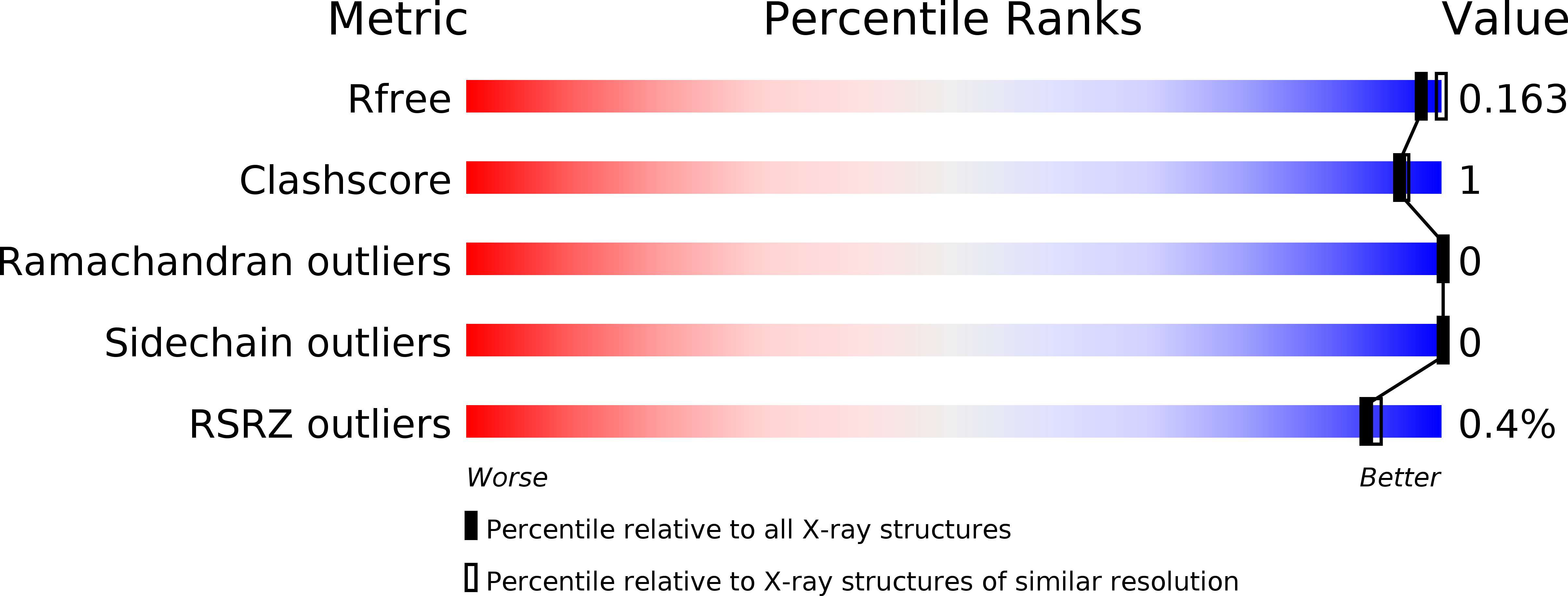
Deposition Date
2017-12-13
Release Date
2018-12-19
Last Version Date
2024-11-20
Entry Detail
PDB ID:
6BVH
Keywords:
Title:
Trypsin complexed with a modified sunflower trypsin inhibitor, SFTI-TCTR(N12,N14)
Biological Source:
Source Organism:
Helianthus annuus (Taxon ID: 4232)
Bos taurus (Taxon ID: 9913)
Bos taurus (Taxon ID: 9913)
Method Details:
Experimental Method:
Resolution:
1.93 Å
R-Value Free:
0.15
R-Value Work:
0.13
R-Value Observed:
0.13
Space Group:
P 21 21 21


